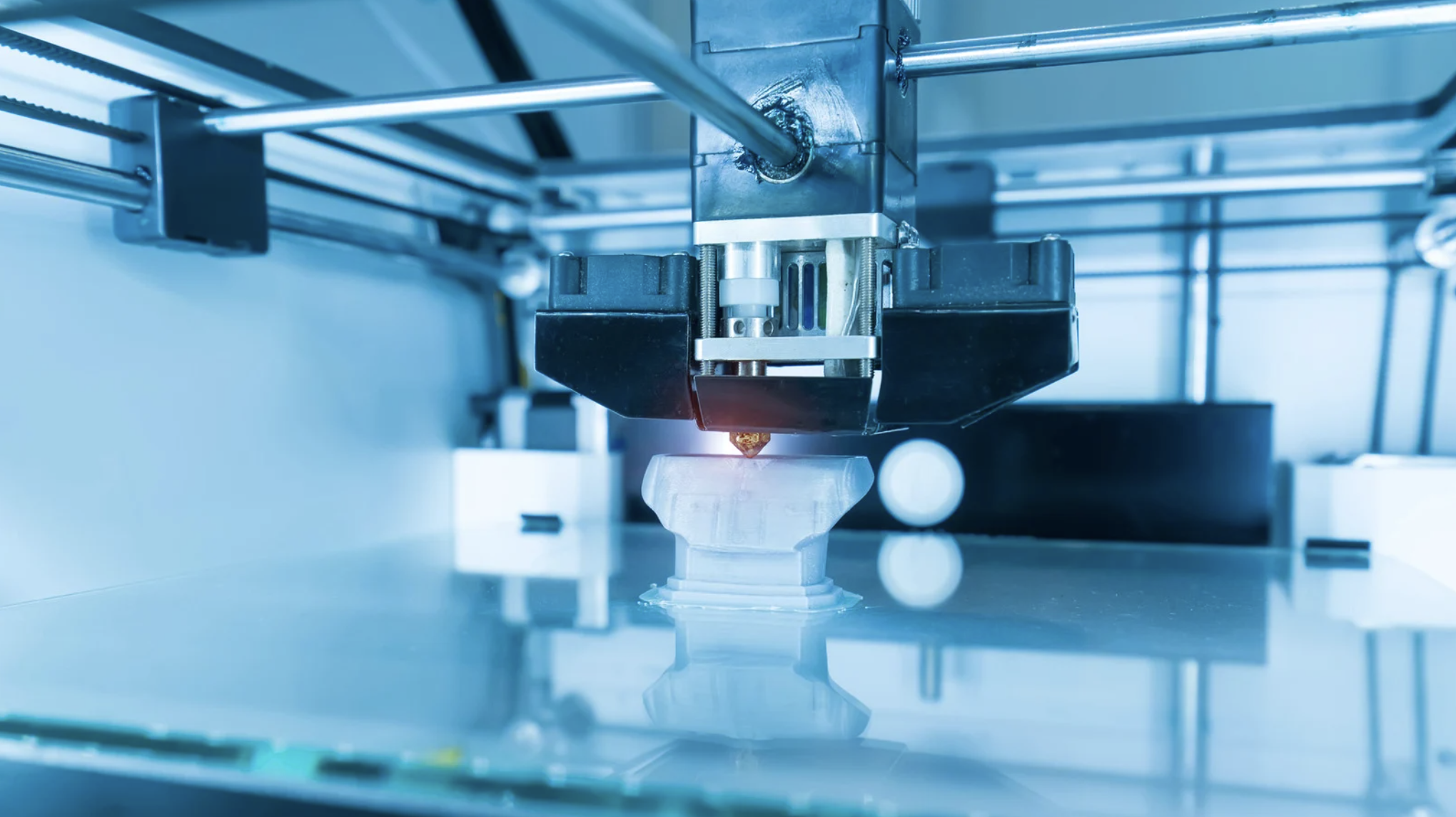Introduction:
In an era where innovation drives progress, additive manufacturing (AM), commonly known as 3D printing, stands out as a transformative force reshaping industries. Unlike traditional subtractive methods that carve objects from solid blocks, AM builds items layer by layer, offering unparalleled design freedom and efficiency. This technology is not just a tool for prototyping but a cornerstone of modern manufacturing, enabling breakthroughs across sectors from healthcare to aerospace.
How Additive Manufacturing Works:
At its core, AM involves creating three-dimensional objects from digital models. The process begins with a computer-aided design (CAD) file, which is sliced into thin layers. These layers guide the deposition of materials—such as plastics, metals, ceramics, or composites—using techniques like Fused Deposition Modeling (FDM), Selective Laser Sintering (SLS), or Stereolithography (SLA). Each method varies: FDM extrudes thermoplastic filaments, SLS uses lasers to fuse powdered materials, and SLA cures liquid resin with UV light. The result is a precise, customized product, often with complex geometries unachievable through conventional means.
Applications Across Industries:
AM’s versatility has spurred adoption in diverse fields:
- Aerospace: Companies like Boeing and SpaceX use AM to produce lightweight, high-strength components, reducing fuel consumption and enhancing performance.
- Healthcare: Custom prosthetics, dental implants, and even bioprinted tissues are revolutionizing patient care, offering tailored solutions that improve outcomes.
- Automotive: BMW and Tesla leverage AM for rapid prototyping and manufacturing bespoke parts, accelerating innovation cycles.
- Consumer Goods: From personalized footwear to intricate jewelry, AM enables mass customization, meeting consumer demands for uniqueness.
Benefits of Additive Manufacturing:
The advantages of AM are compelling:
- Design Freedom: Complex internal structures, such as lattice frameworks for weight reduction, are feasible, fostering innovation.
- Rapid Prototyping: Accelerates product development, allowing iterative testing and faster time-to-market.
- Sustainability: Minimizes material waste by using only what’s needed, contrasting sharply with subtractive methods that discard excess.
- Cost-Effective Small Batches: Ideal for low-volume production, eliminating costly molds or tooling.
Challenges and Limitations:
Despite its promise, AM faces hurdles:
- Speed and Scale: Large-scale production remains slow compared to traditional methods like injection molding.
- Material Constraints: While material options are expanding, limitations in strength, durability, and variety persist.
- Post-Processing: Many AM parts require finishing steps, such as polishing or heat treatment, adding time and cost.
- Intellectual Property: Digital files are vulnerable to piracy, necessitating robust cybersecurity measures.
The Future of Additive Manufacturing:
The future of AM is bright, driven by advancements in multi-material printing, faster processes, and AI integration. Emerging trends include:
- Hybrid Manufacturing: Combining AM with subtractive techniques to optimize strengths.
- Sustainable Practices: Recycling materials and using bio-based polymers to enhance eco-friendliness.
- Digital Warehousing: Storing digital blueprints to enable on-demand production, reducing inventory costs and waste.
- Space Exploration: NASA explores AM for constructing habitats on Mars using local materials.
Conclusion:
Additive manufacturing is more than a technological novelty—it’s a paradigm shift in how we create. By enabling customization, reducing waste, and accelerating innovation, AM is poised to redefine global supply chains and manufacturing norms. As materials and technologies evolve, its potential will expand, cementing its role as a pillar of Industry 4.0. In embracing AM, industries unlock not just efficiency, but a future where imagination is the only limit to production.

